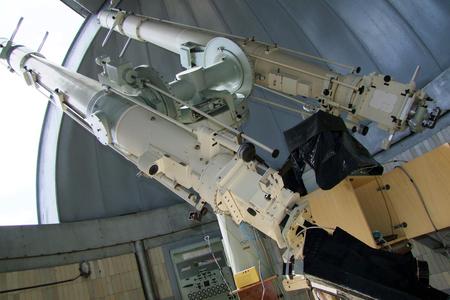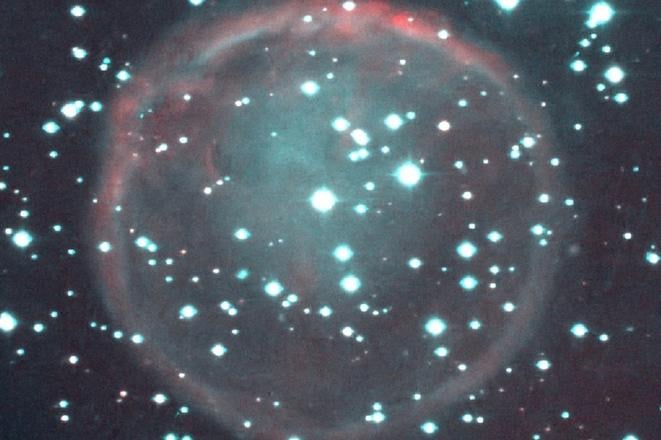In future, the Sun will have grown so large that it will engulf the inner planets of the Solar System, including Earth. But don’t worry, you have time to put your affairs in order because, according to this study, it won’t happen for about another 7.6 billion years.
However, there remain many unanswered questions related to the eventual fate of our Solar System – which is why finding other star systems that have ended in the same way is important to learning more about what happens when a star similar to our Sun reaches the final phases of its life and what that means for the planets orbiting it.
One such star - or rather a binary star – named WeSb1 was found recently. It has likely destroyed its own system, leaving behind large dust clouds, according to a study published in the prestigious Nature Astronomy journal by an international team of astronomers.
The study’s lead author, Slovak scientist Ján Budaj from the Astronomical Institute of the Slovak Academy of Sciences, talked to the Slovak Spectator about how he came to be part of the team behind the study and its results.

To stay up to date with what scientists in Slovakia or Slovak scientists around the world are doing, subscribe to the Slovak Science newsletter, which will be sent to readers free of charge four times a year.
What happens to Sun-like stars
As of January 2025, more than 5,800 exoplanets - that is, planets orbiting stars other than our Sun - have been identified. They have been found orbiting different stars at almost every stage of stellar evolution, including around white dwarfs, which is the final stage of evolution of Sun-like stars.
However, 'almost' is the operative word here; astronomers know next to nothing about planets orbiting stars that have entered the so-called 'planetary nebula' stage at the end of their lives. It's actually a misnomer, it has nothing to do with planets; the name comes from the round planetary shape of these nebulae as observed through early telescopes.


 The WeSb1 planetary nebula. The regions in red are hydrogen, while oxygen is represented by blue and green colours. The picture was taken from the NOT and INT telescopes on the Canary Islands. The central star of the nebula can be seen slighty above the middle of the picture. (source: Klaus Bernhard)
The WeSb1 planetary nebula. The regions in red are hydrogen, while oxygen is represented by blue and green colours. The picture was taken from the NOT and INT telescopes on the Canary Islands. The central star of the nebula can be seen slighty above the middle of the picture. (source: Klaus Bernhard)